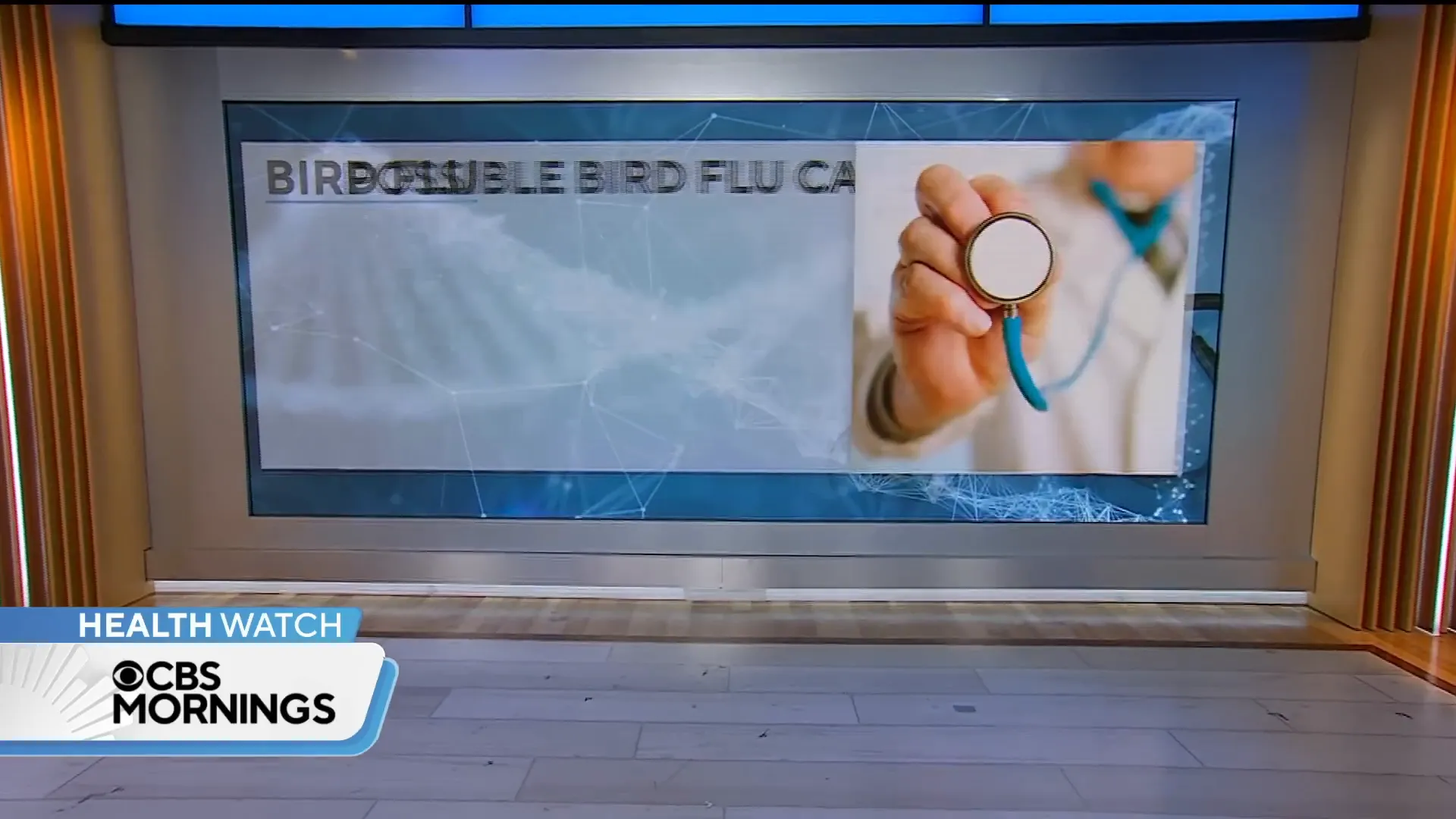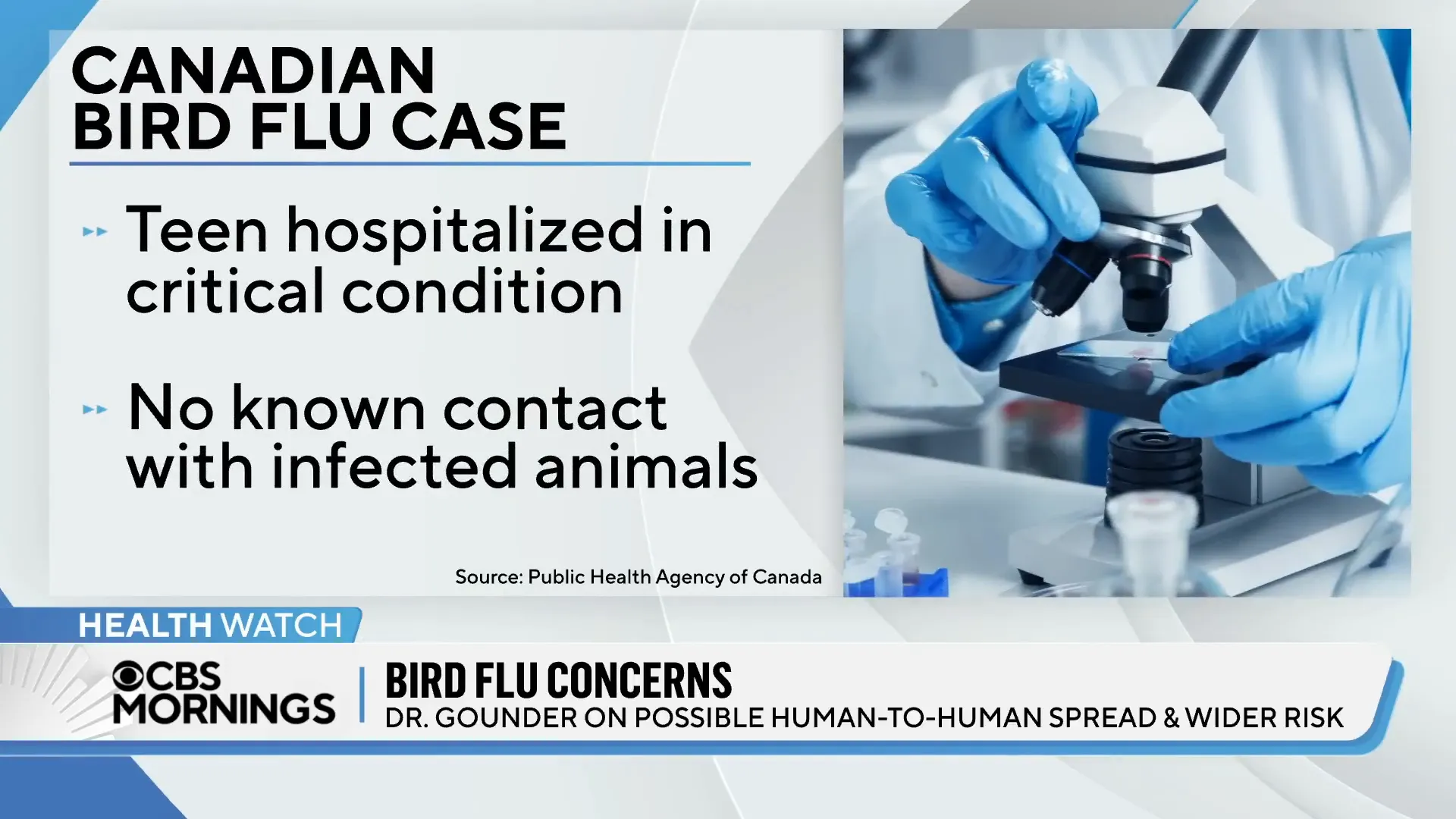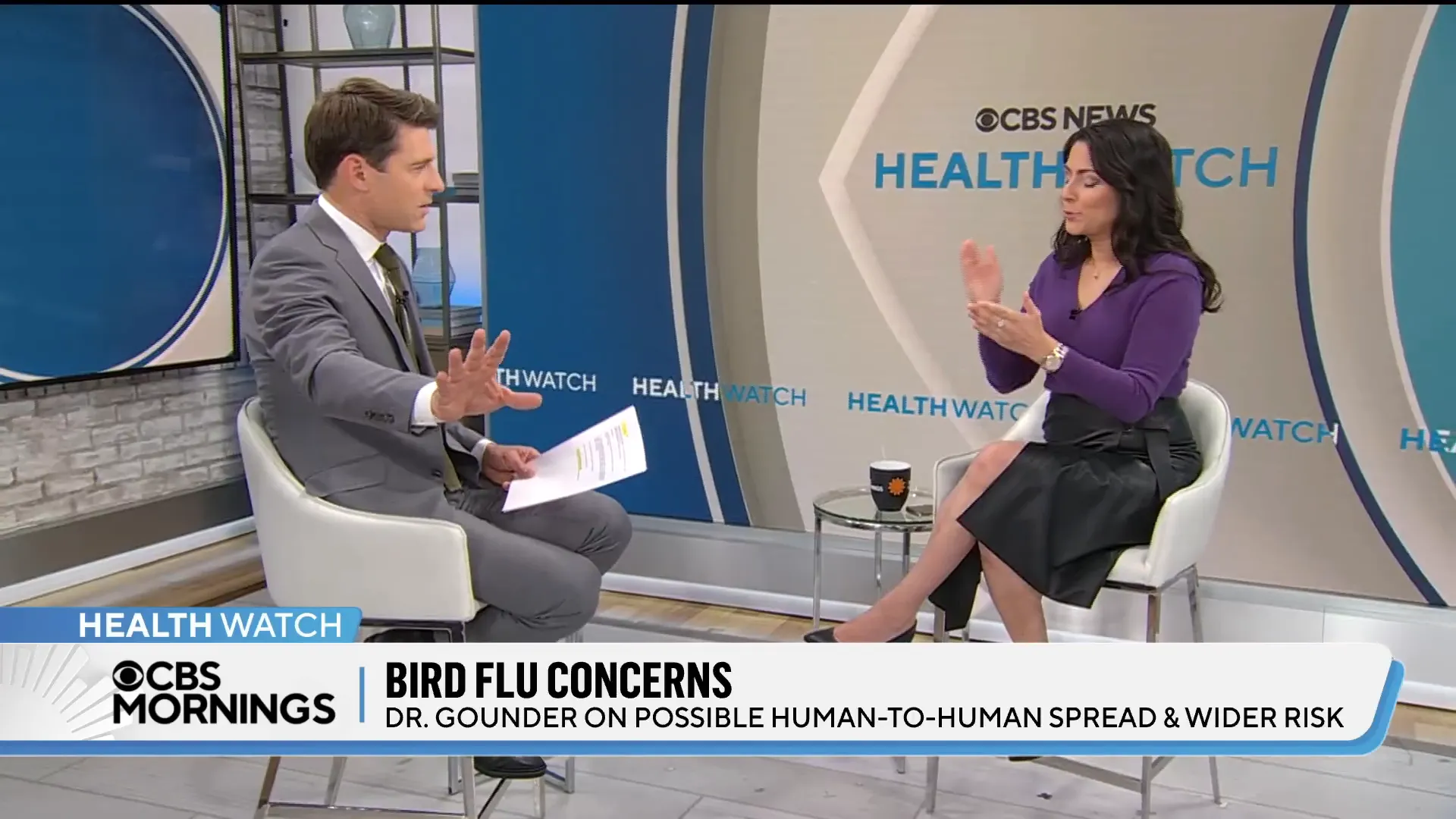
Bird flu, known scientifically as avian influenza, is making headlines as health officials report an alarming increase in human cases. With 53 confirmed instances across seven states this year, the situation is raising concerns about potential human-to-human transmission, especially following reports of a possible case in a child with no known contact with infected animals.
Table of Contents
🚨 The Current Situation
Recently, health officials in California announced a potential case of bird flu in a child who had no direct contact with infected birds. This raises critical questions: How did this child get infected? The two most likely sources for the infection could be a wild bird or another human.

🤔 Human-to-Human Transmission Concerns
If the source is human, it suggests that there may be undetected human-to-human transmission of the virus. This could be a precursor to a pandemic situation, akin to what we experienced with COVID-19. The recent hospitalization of a teenager in Canada, also without known contact with infected animals, adds to this concern. This case is particularly notable because the teenager is critically ill and has shown mutations that might facilitate easier transmission between humans.

🔍 The Bigger Picture
Bird flu is spreading among various species, including poultry, wild birds, and even cattle. This situation is precarious, as mutations could lead to increased adaptation for human-to-human transmission. The implications of this could be significant, potentially leading to another pandemic.
📈 Economic Implications
The outbreak of bird flu has already had economic repercussions. Over 100 million birds have been culled in the U.S. to contain the spread of the virus. This includes egg-laying hens and meat-producing birds, leading to shortages and consequently driving up prices at grocery stores.

❓ Frequently Asked Questions
What is bird flu?
Bird flu is an infectious disease caused by avian influenza viruses, which primarily affect birds but can also infect humans under certain circumstances.
How does bird flu spread?
The virus spreads through contact with infected birds or their droppings, and in rare cases, through human-to-human contact.
Is there a risk to humans?
Yes, while the risk is considered low, there have been human cases reported, particularly in individuals who have close contact with infected animals.
What can be done to prevent infection?
Individuals should avoid contact with sick or dead birds and practice good hygiene when handling poultry or eggs.
📚 Further Information
For those seeking more information about bird flu and public health updates, you can follow the CBS News 24/7 live stream for the latest developments.
Stay informed and take necessary precautions as health officials continue to monitor the situation closely.
📧 Stay Updated
For breaking news alerts and updates, consider subscribing to the CBS News newsletter.


